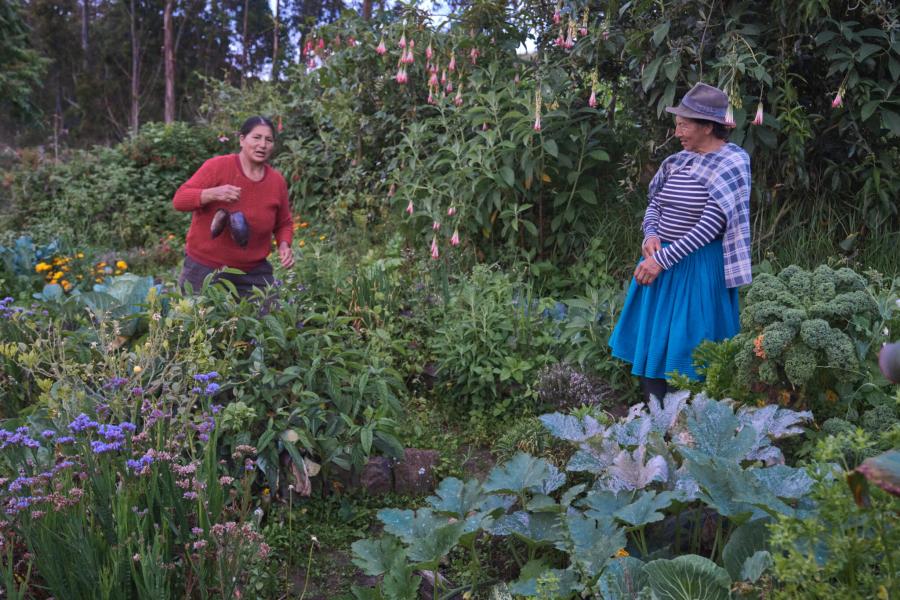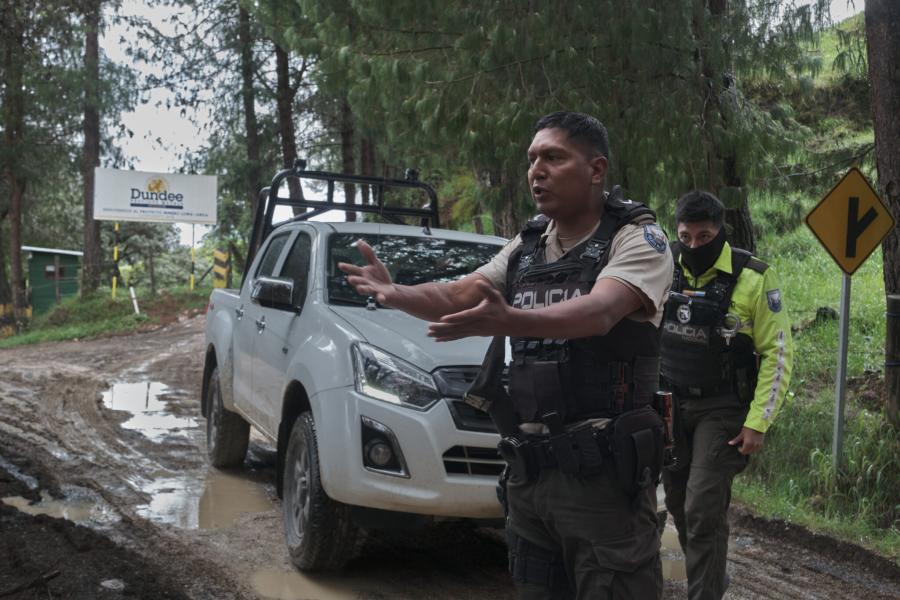The Ditidaht First Nation from the west coast of Vancouver Island is using geographic information systems to predict where ancient habitation sites and culturally modified trees may be located. Culturally modified trees (CMTs) are trees where the bark has been partially stripped for native use, or a portion of the trunk has been removed for house building or similar uses. Such trees are common in ares of the west coast, and some have scars that are hundreds of years old.
The ability of a GIS to create maps with layers of different information and then analyze the relationship between the layers makes it a powerful tool for such predictions. To build a predictive model, first the researchers determine the type of information to be collected, based on hypothese about why certain sites were chosen for habitation (availability of fresh water, closeness to food sources, etc.). Then, this type of information is gathered about known locations of habitation sites. Since a model also predicts locations where there is unlikely to be a sire, information is also gathered about random locations where there is known not to be a site.
To analyze the information, points are input onto the computer map of the area for both types of locations and linked to a database in the GIS. The database has a separate record for each point, with a map layer holding the information about each factor possibly predicting site location. Figure 2 shows how the GIS would be used to automatically extract the information from each layer and record it in the database (in this case, the information at site 25). The GIS used for preparing the predictive model (Essential Planning System's PAMAP GIS) can store 64 different layers of information.
A computer mathematical program then compares the information between the two types of locations, sites and non-sites. If a particular parameter turns out not to be significant to why a site would be chosen, then the information gathered on that parameter is similar for sites and non-sites (i.e random). If the parameter is a determining factor, then measurements of it reflect a marked difference between sites of and non-sites. For example, researchers hypothesized that ancient aboriginal people chose places to live based on factors including slope (how steep or how flat), whether the foreshore beach was rocky of sandy (for landing canoes), distance to fresh water, and "aspect" (in which direction the land faces). Aspect proved not significant or "random"; however, the statistical accuracy of predictions improved when including the parameters of distance to streams with spawning salmon (an important food source) and elevation above sea level.
Once the mathematical program has analyzed the information to determine which factors help to predict habitation sites, it prepares a multiple regression formula used in the GIS to prepare a prediction for the entire map area. The GIS extracts the data from each 20-metre square in the prediction area, multiplies it in the formula, and prepares a summary layer with values based on the prediction. The prediction ranges from 1 (highly likely to be a site) to 0 (highly unlikely to be a site).
Figure 3 shows how the GIS multiplies the values from the different layers for site 25 and the resulting modeled value.
Once the prediction map area has modeled values in each 20 metre square it can be colored to show the most likely locations for sites at a certain cutoff value (cutpoint). Figure 4 shows a cutpoint of 0.5. The cutpoint can be varied according to the use for the information. For instance, in a situation where it is critical to include all likely sites, a relatively low cutpoint would be used. In a situation where it was more important to show the most likely sites, a higher cutpoint would be used. The same information could also be presented as different colors, or different gradations of color on the map, indicating very likely, likely, possibly, or not likely sites (see Figure 5).
A similar procedure was used to determine which factors could predict where culturally modified trees may be found Meares Island (outside of Ditidaht territory in Clayoqyot Sound) was used to build a CMT Predictive model because of a high quality survey that was done on the island. Significant factors included percentage of western red cedar, the height and age of the forest, elevation, slope, aspect and distance to the ocean.
When the mathematical program analyzed the information, it proved to be statistically accurate. The First Nation currently has field crews doing random-sample surveys to ground-truth (verify) the accuracy of the predictions. If the predictions prove to be accurate, the First Nation can use the information generated to analyze the land base of the Traditional Territory to target priority areas for treaty negotiations and for influencing decision-making about resource management by the provincial government and logging companies. In addition, the data will be useful for the First Nation's own resource management program.
Article copyright Cultural Survival, Inc.



